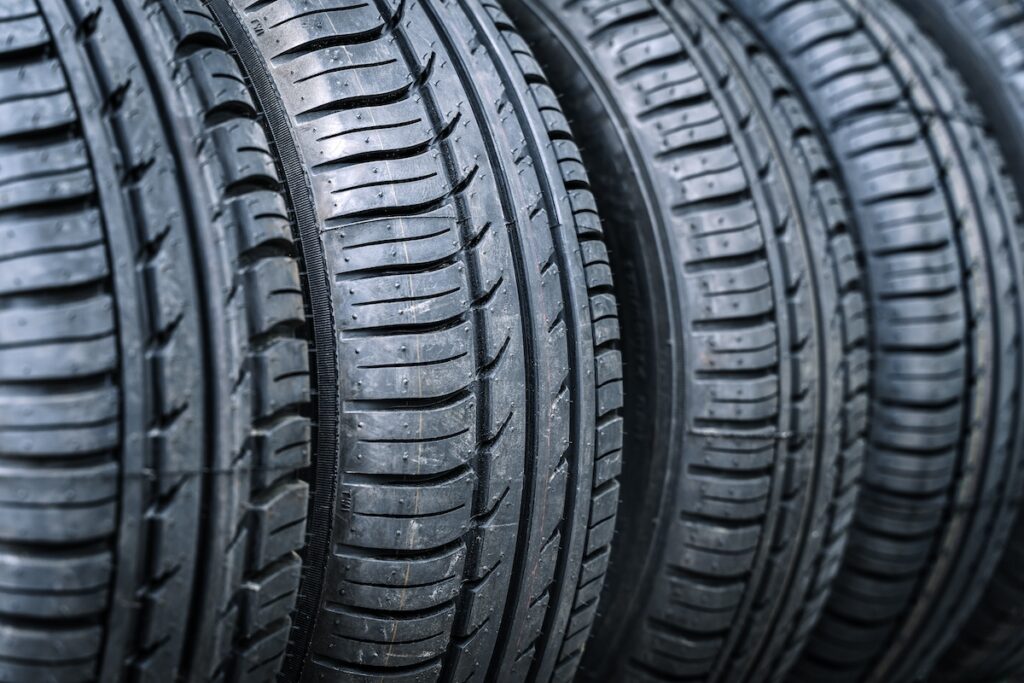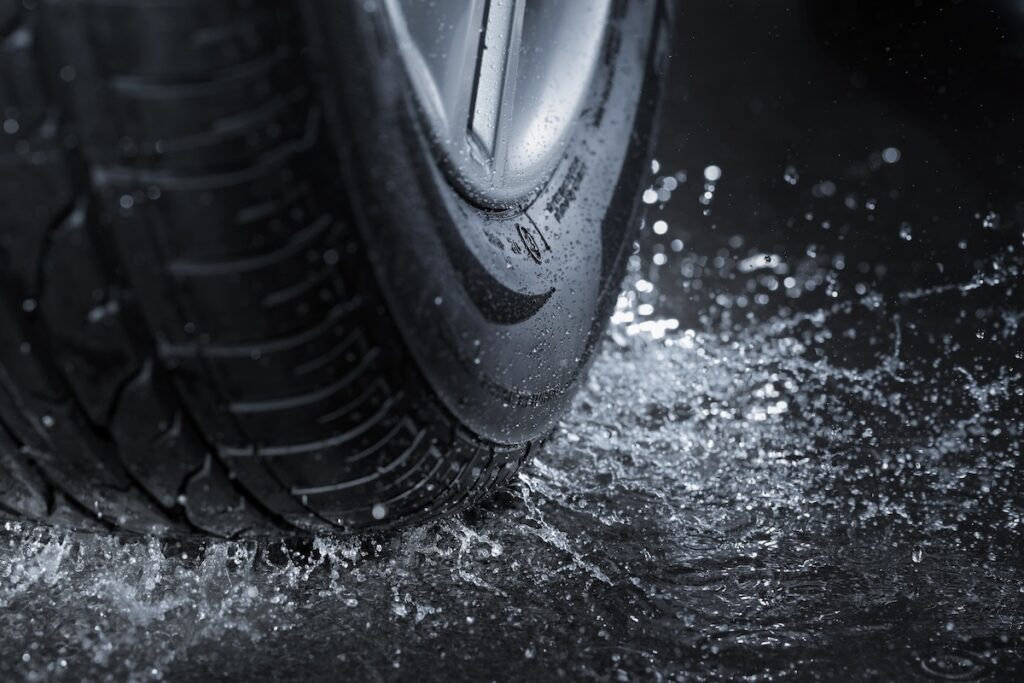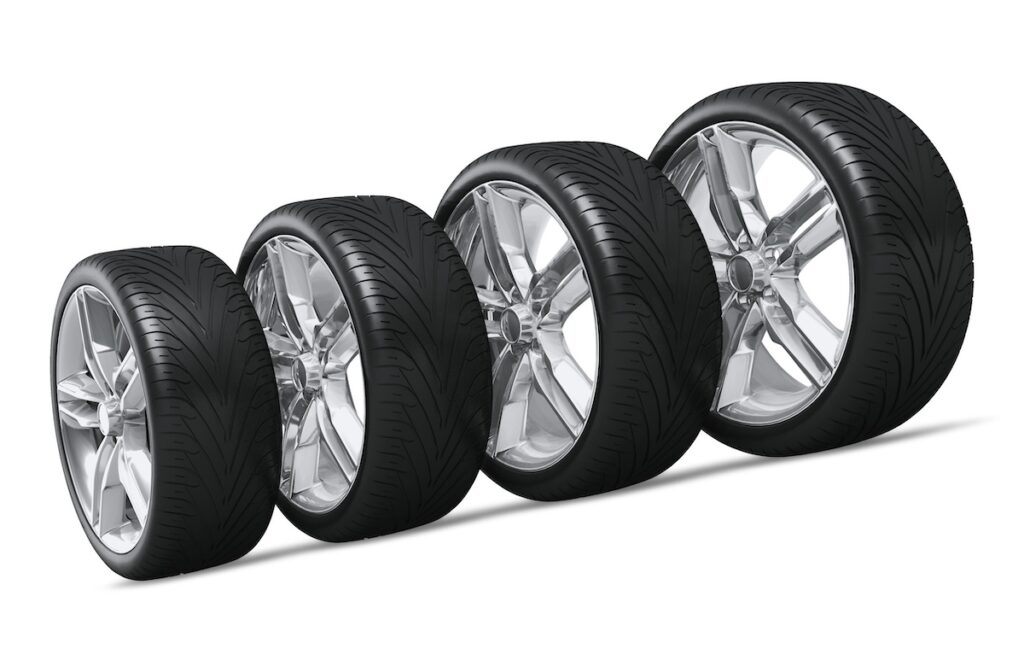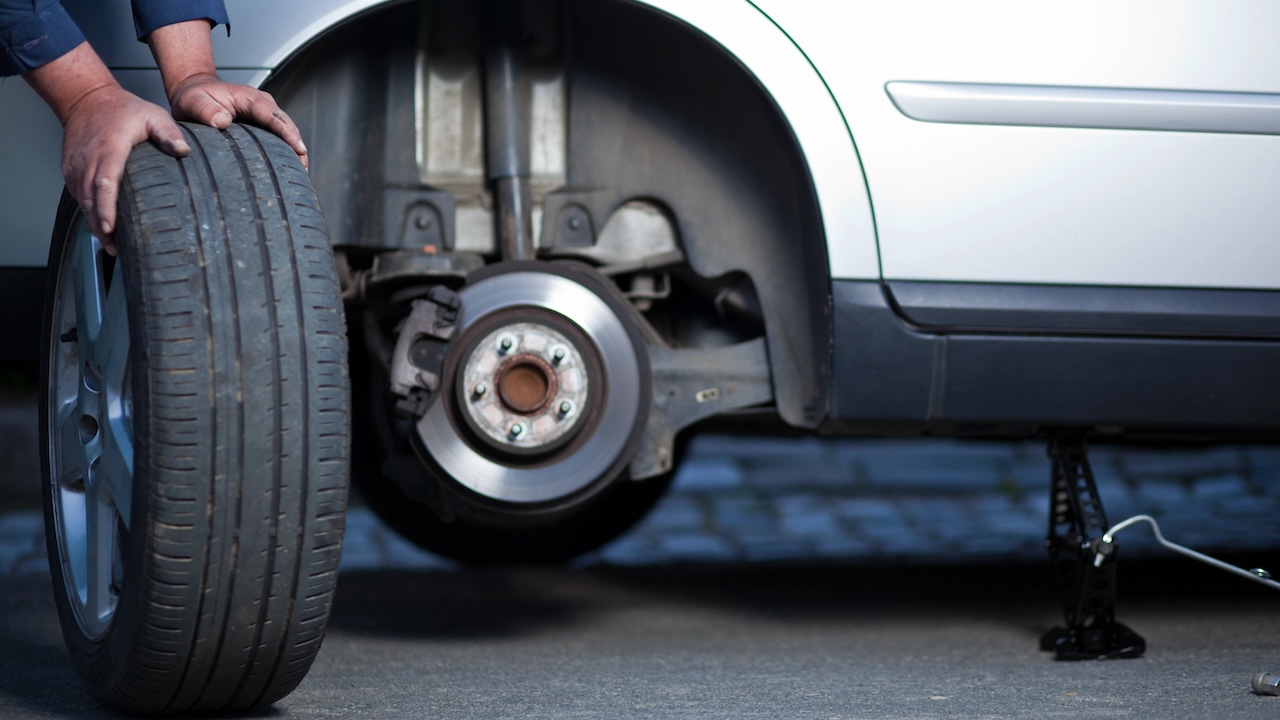The deadline for the obligation for all motorists to fit tires is approaching summer tires, a fundamental choice to guarantee safety while driving. And it is important to select the right tires, which adapt to the climatic conditions of the season. So how to choose summer tires in 2024?


When you put summer tires
From April 15th the obligation to use ceases winter tires and instead take the step of mounting those summer: the winter tire period runs from November 15th to April 15th, with a one-month exemption. Motorists therefore have the possibility of fitting winter ones starting from October 15th and must necessarily change them with summer tires within and no further than 15 maggio.
The obligation of summer tires it is regulated by law and those who do not adjust the tires of their vehicle risk heavy fines, ranging from 422 euros up to 1682 euros with withdrawal of the license.
There are also exceptions: they are not affected by the obligation to change the tyres cars fitted with all-season tires and those which satisfy the speed index indicated on the registration document – the value must therefore be equal to or greater than that indicated.
Differences between winter and summer tyres
But why is it so important change tires seasonally and what is the difference between winter tires and summer tires? Summer tires have a different tread pattern than winter tires, with narrower grooves, a more pronounced longitudinal direction and a different sipe configuration.
This design aims to reduce the risk of aquaplaning and improve grip on both wet and dry surfaces. Furthermore, it ensures greater resistance to deformation during maneuvers, a shorter braking distance and superior maneuverability.
Unlike the winter tiresthose summer they are made with stiffer rubber compounds and fewer silicon polymers. This choice is motivated by the fact that winter tyres, when exposed to warmer temperatures, become excessively soft, compromising grip, increasing tread wear and the risk of punctures. Furthermore, excessive softness compromises the vehicle's roadholding.
How to choose summer tires in 2024?
When it comes to replace the tyres, several factors come into play – always considering that weather conditions (especially today, in 2024) are quite unpredictable. In fact, among the most important factors to take into consideration is the resistance in the wetevaluated through tests that study the phenomenon of aquaplaning.
Inquiring about the behavior of the tires in these situations and their drainage capacity is essential: the highest scores, such as A in the main classifications, indicate a decidedly reliable product.
In addition to wet resistance, it is also important to evaluate theadhesion to the road surface, as better grip results in a shorter braking distance. Always check the tread thickness, which should not be less than 2.5/3mm to ensure good grip. It is also good to remember that the driving wheels wear out more quickly and it is therefore advisable to exchange the front and rear tires at each replacement.
Finally, it is important not to forget theage of the tyres, which should be produced no more than 1-2 years in advance to ensure maximum durability. A clear piece of advice is to invest in summer tires of renowned brands such as Continental, Dunlop, Bridgestone, Michelin, Goodyear, Pirelli or Cooper. These brands not only offer high quality and performance products, but also a range of reliable and safe tyres, developed with the most innovative technologies and rigorously tested.


Choosing 2024 summer tires
A factor to absolutely take into consideration when choosing the summer tires for 2024 it is your own driving mode, linked to your habits. If a person usually travels long distances on a daily basis, the best option is hard tires, which wear out less.
If, however, the priority is grip, then the choice must fall on soft tyres. Furthermore, when choosing a tire size, it is advisable to prefer wider ones for greater contact with the road. However, the summer tires wide ones could also be more susceptible to aquaplaning and the area in which you live must therefore be considered.
Run-flat tyres
Another type of tyres that is on the market is that of run-flat tires, which allows drivers the ability to continue traveling for over 80 kilometres, at a maximum speed of 80 kilometers per hour, after a puncture. This means you no longer have to stop, get out and change your tire or call roadside assistance immediately in an emergency.
But how do they work? The run-flat tires have two basic solutions: one that employs a second support circle and another that reinforces the side part of the tire. Both solutions work the same way: when there is an air leak, the support structure keeps the tire on the rim, allowing the driver to continue traveling temporarily without the need for a spare wheel.
Since it is essential to maintain control of the car as if nothing had happened, the run-flat tires they are equipped with sensors that warn the driver when one of the tires loses air.
How to read tire sizes?
When you have to choose tyres – summer whether winter or winter – it is important that the characteristics correspond to those indicated in the registration document. The tire sizes they are indicated by a string of numbers and letters on the sidewall of the tire itself, although it can be difficult to decipher the meaning.
So how to read tire sizes? Take, for example, the dimensions 225/50 R 18 97 W: what does this mean? The first number before the slash indicates the nominal tire width in millimeters. The first number after the slash, however, indicates in % the ratio between the sidewall height and the section width of the tire (in the example, the sidewall height is 50% of the section width).
The letter R – which is now found on most tyres in circulation – indicates the structure of the tire casing: R stands for “radial” and almost all tires today have this structure. The following number, 18 in the example, indicates the diameter of the tire in inches.
Finally, the penultimate number is the load index, i.e. the maximum weight they can support at a given speed. The index is not expressed by the number itself on the tire, like 97 in the example, but this number must be compared to a standard table.


The last letter is the speed category and indicates the maximum speed at which the tire can carry the load indicated by the load index. Here too, each letter corresponds to a speed and for cars the most common are the following:
Q: 160 km/h
R : 170 km/h
S: 180 km/h
T : 190 km/h
H: 210 km/h
VR: > 210 km/h
V: 240 km/h
ZR : > 240 km/h
W : 270 km/h
Y: 300 km/h
Differences between summer and all-season tyres
And if you wanted to take into consideration the all-season tyres? The differences with the summer tires (or winter) are substantial. The summer tires they are designed with a stiffer compound to withstand high summer temperatures, maintaining high performance, while all-season tyres, while suitable for summer use, are designed to deal with a variety of conditions, including mud and light snow.
All-season tires tend to have slightly higher fuel consumption than summer tires due to increased rolling resistance due to deeper grooves. Furthermore, the softer compound containing more silica reacts less to temperature changes but wears out more quickly in the heat.
Finally, the all-season tyres they tend to be more expensive than summer ones, as they must guarantee performance in both summer and winter, with compounds and structures designed to resist wear and temperature changes.
Summer and winter tires or four seasons?
But what is better? Change them seasonally summer tires and winter or switch to the four seasons? Basically, it depends on the climatic conditions and your personal needs. In climates with very hot summers or harsh, snowy winters, for example, the seasonal tyres they offer optimal performance, as they are designed to deal with extreme conditions and offer greater safety on snow and ice compared to all-season tyres.
On the other hand, the all-season tyres they can be a more convenient choice for those who drive primarily in the city on well-maintained roads. However, it is important to consider that all-season tires may not offer the same performance as seasonal tires in certain conditions.
Furthermore, the use of only one set of all-season tyres may result in higher consumption in the long term compared to using seasonal tires appropriate for summer and winter.

















Leave a Reply
View Comments